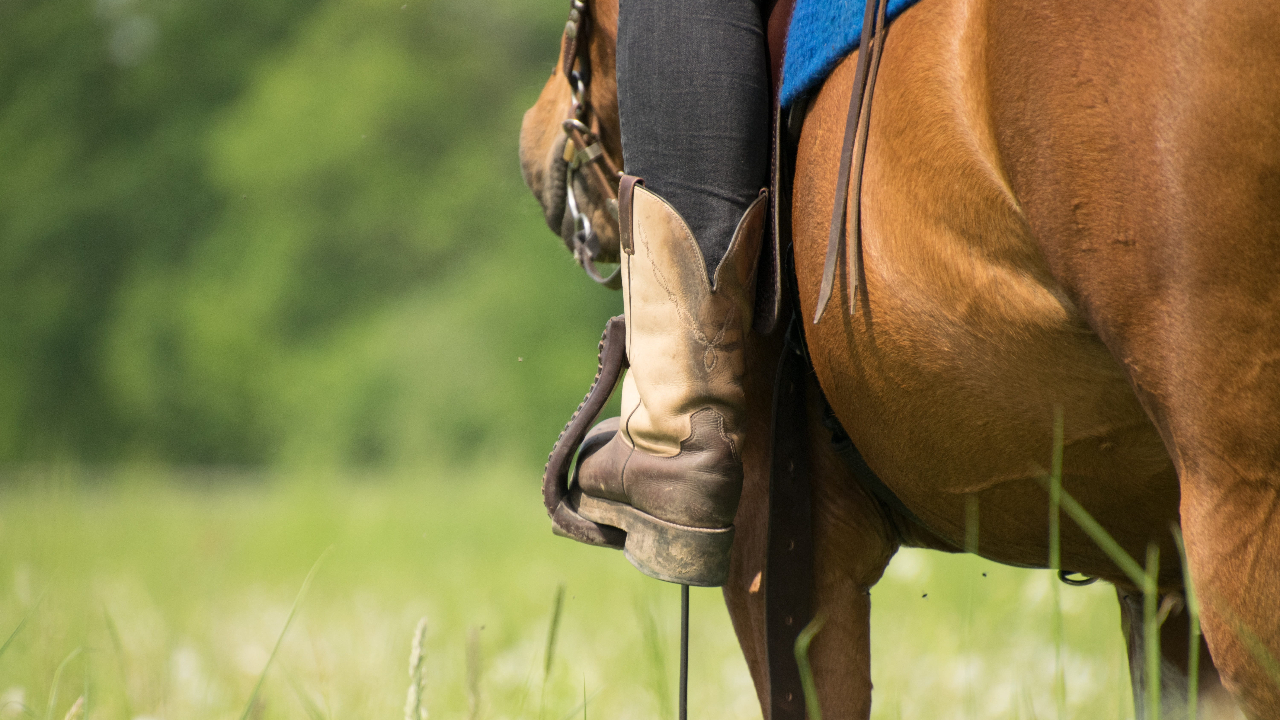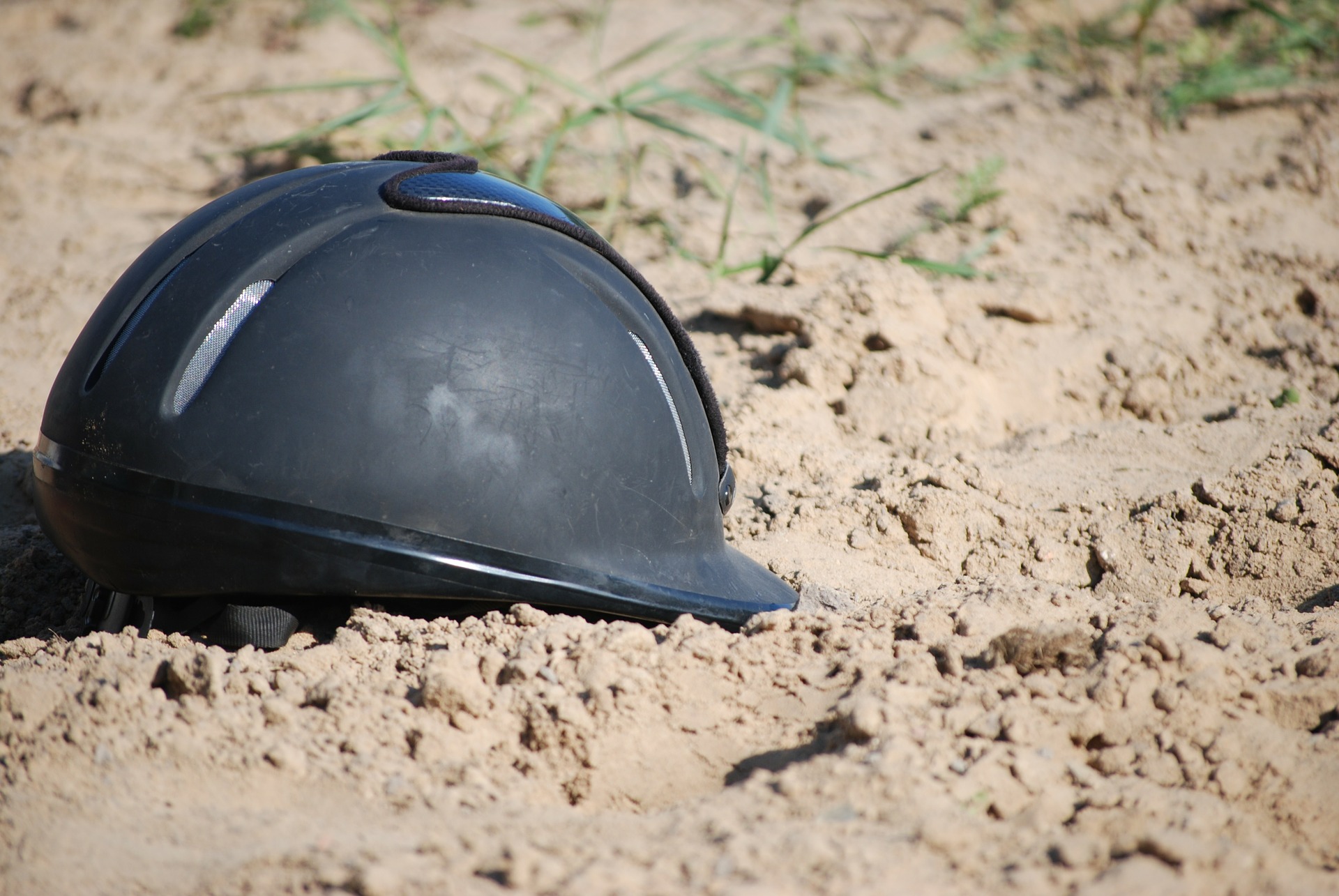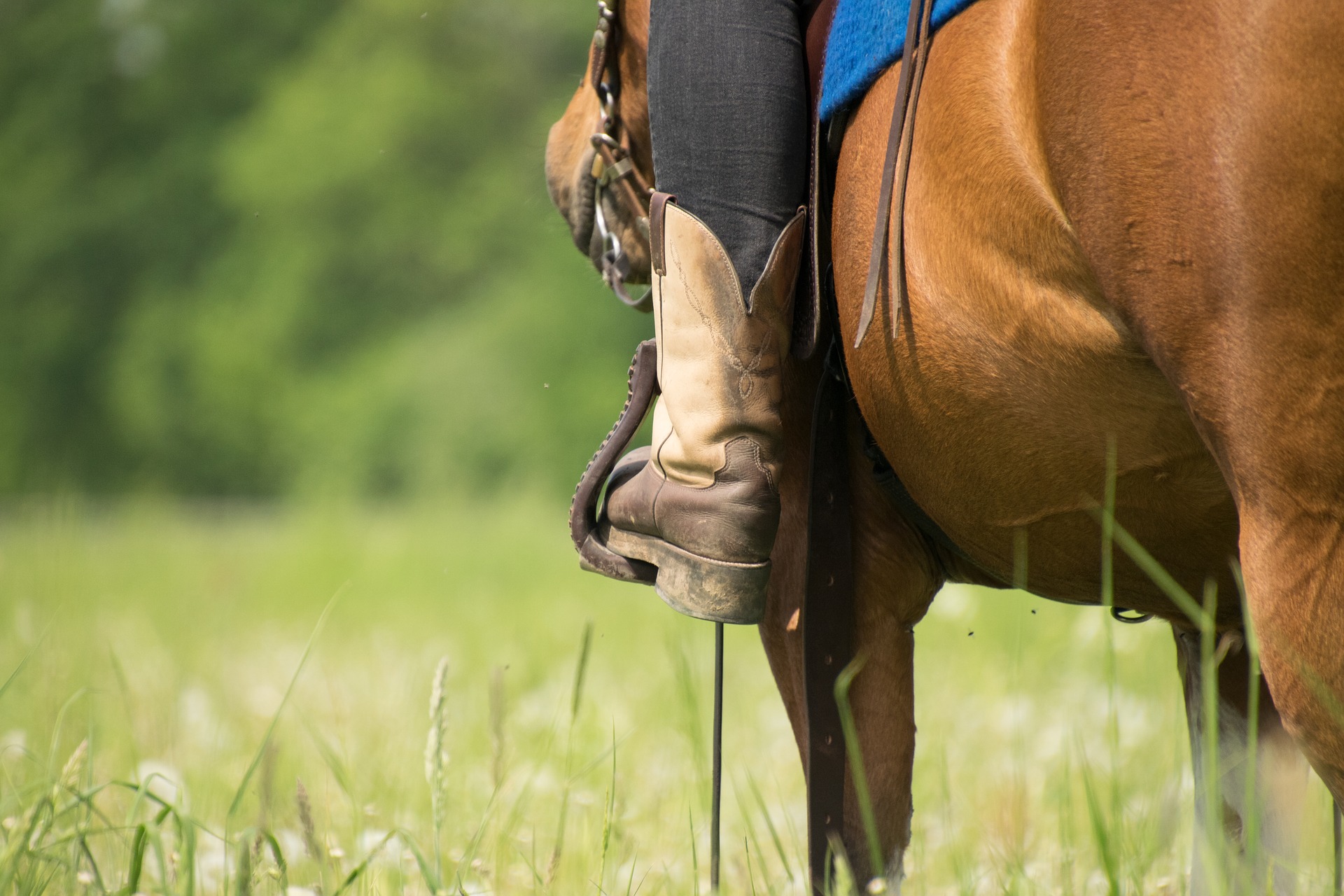Riding horses can be a risky business, especially if you love a fast-paced ride or jumping. Most riders don't hesitate about putting on a helmet before mounting but body protectors aren't so commonly used. The best horse riding body protectors offer a strong second line of defense against kicks and falls. Read on to discover everything you need to know about buying an equestrian safety vest.
Benefits of Wearing a Body Protector
Although you're not required by law to wear a body protector, using one can give you peace of mind when you're in the saddle. A body protector is designed to take the impact out of falls or kicks and to potentially reduce the chance of injuries when riding.
They cover the torso of the rider providing shock absorption and extra protection over the ribs and vital organs. This is particularly useful if you're taking part in high impact riding where the chances of falling are increased.
Do Body Protectors Work?
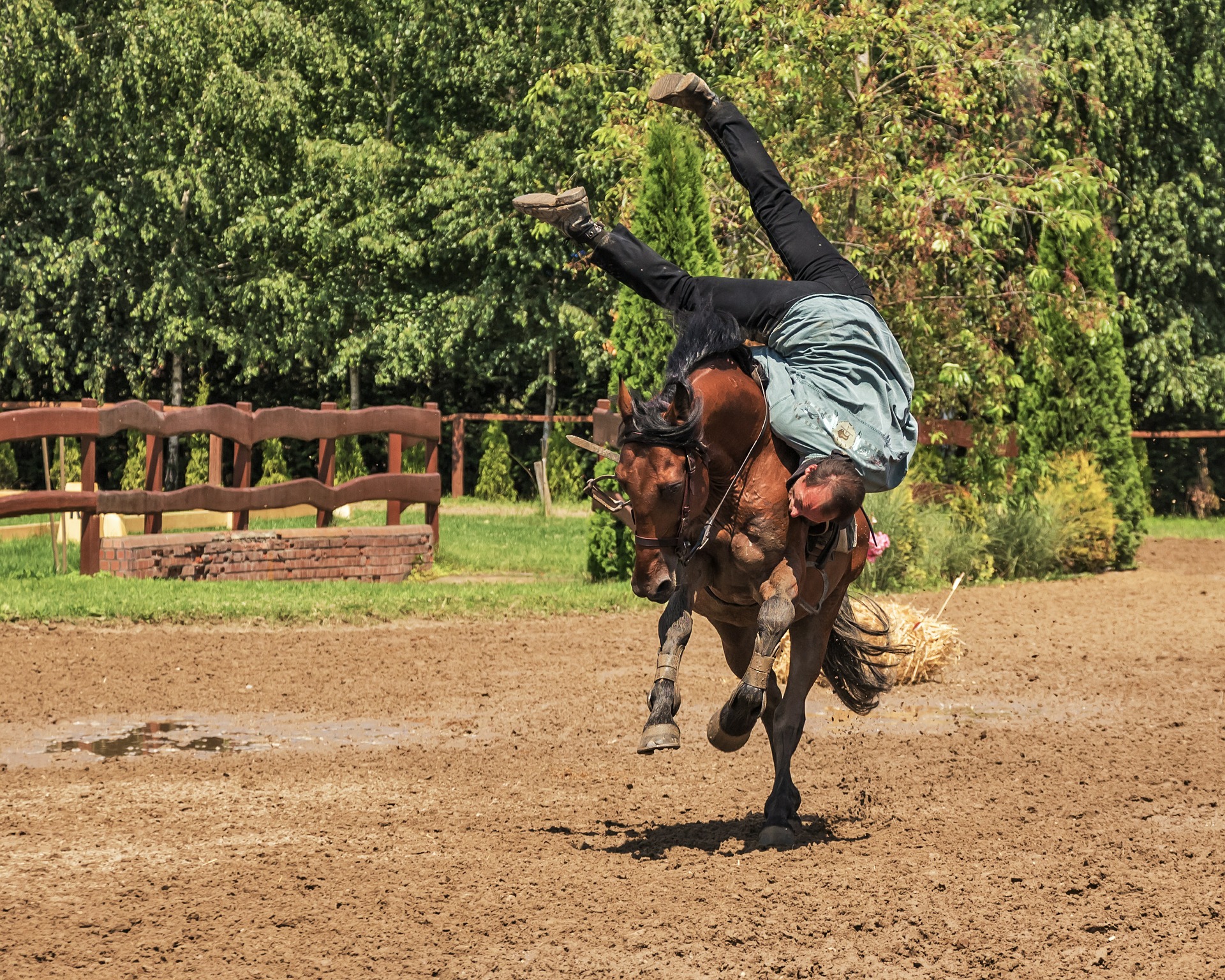
Testing a body protector under controlled conditions doesn't account for all of the other unexpected variables that can occur during horse riding. This is why scientists decided to research accident records of horse riders to gain better insight into the effectiveness of body protectors.
The scientific conclusion said that a body protector won't completely protect against injuries all the time, especially severe ones. However, it found that wearing one can likely reduce the severity of the injury.
This means that wearing a horse riding safety vest could prevent a broken rib, bruising or winding from a fall. If a fall is bad, however, then no type of protective equipment will spare you the weight of a horse landing on top of you.
The survey also revealed that it was inexperience that caused the most injuries, a strong case for beginner riders to wear a body protector.
Different Types of Protectors
Body protectors haven't been left behind when it comes to technological advancements. These days body protector manufacturers use the latest technology to provide you with the ultimate in comfort and support. There are generally three types of protector on the market.
Standard Body Protector
A standard body protector uses layers of PVC Nitrile foam. This foam is heat sensitive and responds to body heat, meaning that it molds to your body as you're riding. The foam is flexible to allow for your movement and it's often perforated giving it extra breathability. The outside of a standard vest will be covered in a thin, durable material and the inside is often covered in mesh for extra breathability.
Equestrian Air Vest
An inflatable air vest, also known as an air jacket, works in a similar way to a car airbag. The air jacket will inflate with air if a rider leaves the saddle providing extra cushioning upon impact. The mechanism is activated when a cord that's attached to the saddle pulls out of a small canister that's attached inside the air vest. An air jacket provides extra protection over the neck and hips, unlike standard vests. When worn alone, air vests only offer low protection. It's recommended that an air jacket is used in conjunction with a standard vest.
Hybrids
If you're looking for the highest amount of protection, rather than having to buy two separate safety vests, you can invest in a hybrid vest. These have all the features of a standard protector as well as the bonus of air protection.
Choosing a Horse Riding Body Protector For Your Riding Style

When choosing the most suitable vest to suit your riding style, the main thing to take into account is the risk factor. If you're riding at speed and or towards obstacles all the time, then the risk is greater than if you're schooling in a soft floored, enclosed area. You should also take into account the nature of the horse you're riding. Mounting a nervous young horse is higher risk than riding an old schoolmaster. If the risk factor is relatively small then you can choose a low level of protection. If you're riding with a high level of risk, such as cross country and eventing then choosing the highest level of protection would be recommendable.
Protective Vest Safety Standards and Regulations
The law doesn't require all safety vests to be tested and approved. This means that if a vest isn't certified, it's hard to know the exact amount of protection against injury that it offers. Unapproved vests can be just as safe as approved ones however. If you prefer one that has been tested then you should look out for safety certification. There are three main standards that you should look out for. Vests that are approved by European standards will have the number EN 13158:2009 on them. For British standards of regulation lookout for the British Equestrian Trade Association BETA:2009 and for American safety certificates, the number is SEI/ASTM.
When a vest has been tested and approved, it will then be put into levels ranging from Level 1 to Level 3. You can find the level plus any additional safety information on the label of the body protector. These are the levels according to BETA.
Level 1 - Green Label
A level 1 body protector is considered to be the lightest and offers the lowest standard of protection. This type of protector will generally be used for flat horse racing where carried weight needs to be kept to a minimum and impact risk is low.
Level 2 - Orange Label
Level 2 horse body protectors will provide a low level of protection and should only be used for low-risk riding. This means that beginners should avoid using them as well as those riding young flighty horses on hard surfaces for example.
Level 3 - Orange Label
A level 3 body protector offers the highest level of protection for all types of riding. It should especially be worn in high risk/high impact situations such as jumping and cross country.
Body Protectors and the Law
According to the United States Equestrian Federation (USEF), all riders taking part in a cross country competition are required by law to wear an approved, level 3 body protector. An air vest is permitted for use in cross country events but it must be worn alongside a standard vest. For horse racing, all jockeys are required to wear a vest and also the Pony Club requires riders to wear a vest when jumping and competing.
Best Body Protector Brands
When it comes to choosing a body protector there are many trusted brands to choose from. For the exhilarating thrills of horse racing, Racesafe offers the ultimate in lightweight designs. Their vests are specifically designed with racing in mind. When it comes to comfort then Airowear are leaders in design and innovation and their Outlyne vest is specially designed for women. This British company have been producing protectors for a long time and are leaders in the industry. Tipperary is one of the most popular brands on the market today and a favorite amongst riders. Their body protectors are made in the USA and come in a range of attractive designs.
How Often Should You Replace A Horse Riding Safety Vest?
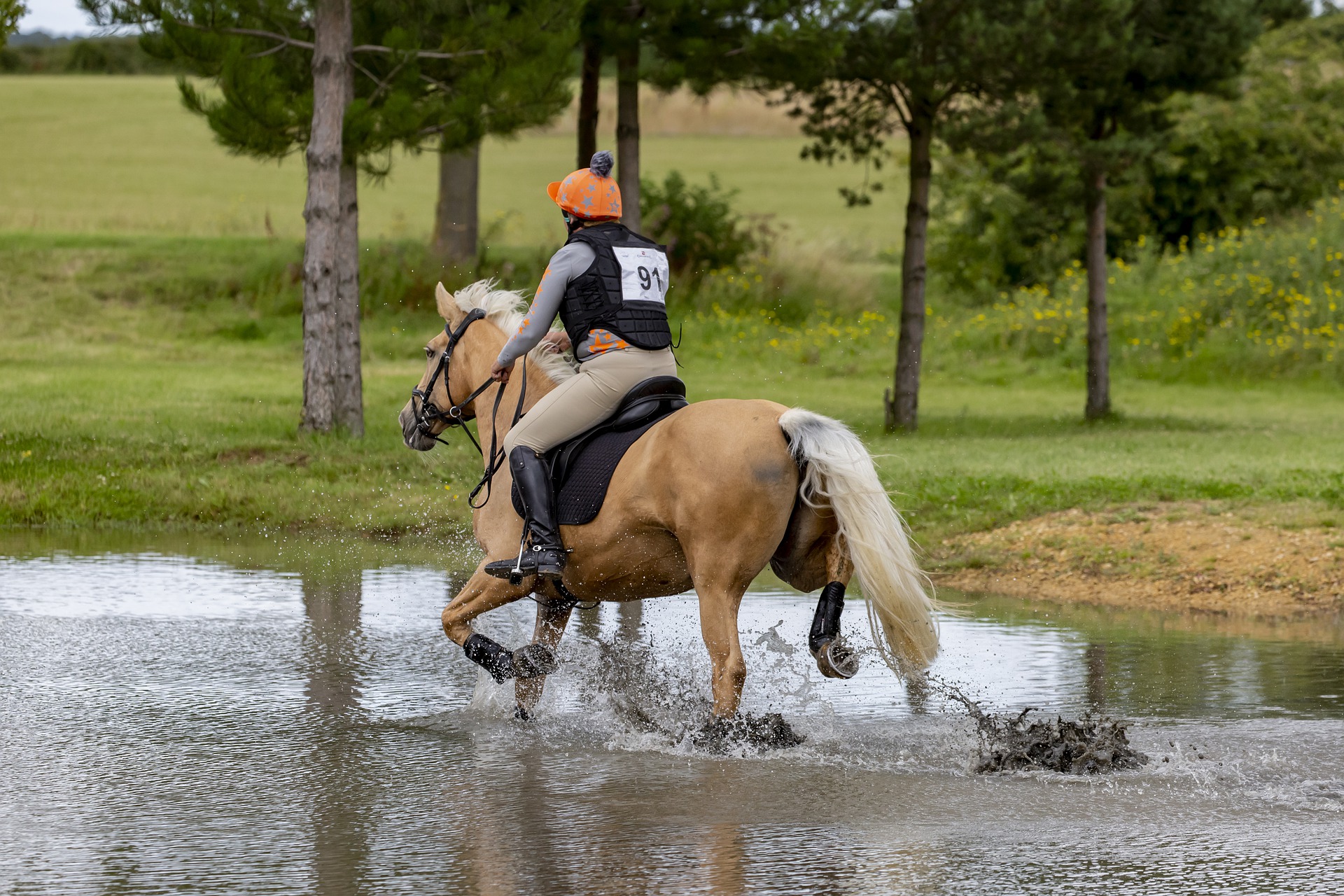
Manufactures say that you should replace your body protector every three to five years if it's undamaged. Technology changes a lot each year so it's a good idea to upgrade for any new, advanced safety features. The foam will also gradually become less protective over time. If you have an impact on your body protector from a kick or fall then you should check it closely for tears and damage. If the foam is broken then the body protector will be ineffective and needs to be replaced. Avoid buying a used body protector, just like riding helmets, it can be hard to see if they are damaged.
Size and Fitting Guide for Body Protectors
To find your perfect size in body protection you need to measure yourself first. You need to take three measurements.
- The first one should be taken around the broadest part of your chest.
- The second should be taken around your natural waist and you should also measure the length of your spine. For the spine measurement, you should remove a few inches to allow clearance for the saddle.
- The most important one out of the three measurements is the chest. This is because body protectors will often be adjustable around the other areas. Each manufacturer will have their own individual sizing guidelines.
Make sure that the body protector fits closely to your body shape. This means that you should only wear a light layer underneath. If you need extra warmth then layer up on top of the vest. The closer the protector is to your body, the more effective it will be. It shouldn't shift around your body and you should be able to move around freely when it's fastened. The neck and shoulder of the protector should lie flat on your frame and the front should cover all of your ribs and also your sternum. The back mustn't make contact with your saddle as this can push the protector up out of its correct place. If the vest doesn't fit then it doesn't work, so fitting is very important.
Review of 5 of The Best Body Protectors on the Market
Here's our choice of the top fiver body protectors available on the market.
1. Unistrength Equestrian Vest
This is an affordable vest that offers optimum comfort and a high level of shock absorption with its special padding. The front panels are scalloped which gives it extra flexibility and it has longer coverage over the tail bone. This is a great budget buy that’s available in four sizes.
2. Tipperary Eventer Equestrian Protective Vest
This is a top of the range vest that’s sure to give you all the comfort and safety that you need for many different styles of riding. Tipperary have been producing protective vests for thirty years and are leaders in design when it comes to comfort and protection. This equestrian vest will keep you cool, comfortable and protected in all riding conditions.
3. Tough 1 Body Guard Protective Vest
This standard vest from Tough 1 offers a good level of protection against impacts with tough urethane flex foam. The foam, combined with a durable, textured polyester shell outing, makes this vest very hard to penetrate. It's available in black, comes in five different sizes and is highly adjustable to give you the perfect fit.
4. Hilason Adult Safety Protective Vest
This affordable vest is extremely shock absorbent, durable and designed for comfort with it’s reinforced contour fit. The jacket is tapered at the front which allows the rider comfortable, free movement. This is a versatile vest with lace adjustments on the sides and a zipper front giving it a close, comfortable fit.
5. Intrepid International Kids Safety Vest
This is a Level 3 approved vest meaning that it offers the highest standard of protection for children on horseback. This also means that it's approved for Pony Club events and competitions to help keep little ones safer when they're competing. It's highly adjustable too making it a versatile fit for any small body frame and it comes in the choice of two colors. (equestrian air vest)
Top Choice
Protective vests from Tipperary excel in quality, protection and design giving you the greatest peace of mind when you’re in the saddle. Their lightweight design will keep you cool as well as offering you the highest level of comfort and flexibility. Buying a Tipperary may seem like a big investment but you can't put a price on safety.
Conclusion
The best horse riding body protectors will offer you an extra layer of protection but they can't replace experience when it comes to riding. To get the most out of your protector its important to choose one that’s well fitted and comfortable to wear. It should allow for free movement and have good breathability so that you stay cool in the saddle. An equestrian safety vest may not defend against serious accidents but wearing one might mean the difference between bruising and broken ribs from mild impacts. If you have this option to increase your safety when taking part in the unpredictable sport of horse riding, then you may want to take it.






